
DXOMARK smartphone testing is all about technical performance. And since Paris, our home city, is the host later this month of a major international multi-sports event that occurs every four years, it is fitting that we prepare a selection of recent smartphones whose performances in our protocols have earned them top scores in specific attributes. Think of it as the DXOMARK Competition of smartphone performance.
Whether you are planning to attend the Games, or just watch them on your smartphone, you will want a device with a camera that is not only capable of catching all the fast action of the sporting events on the field, but one that can take colorful portraits of fans and athletes. You will also want a display that lets you view all that content comfortably on your screen and a battery that can keep up with you while you are on the go, or catching up on the videos of the daily events.
Our selection is based on the major releases since fall 2023 until now. The list will highlight areas of performance that we test. These are the smartphones that will be suitable companions for recording and viewing all the action.
Let the competition begin!
Our ranking page makes it easy for you to check out the top overall performers per feature—camera, display, and battery. In camera, for example, an overall score combines many different subscores. But devices that might not have achieved a global top score can still stand out with record-breaking performances in specific areas. This is where our advanced ranking feature comes in handy because it allows you to see the top performers in key subscores.
Attending the Games
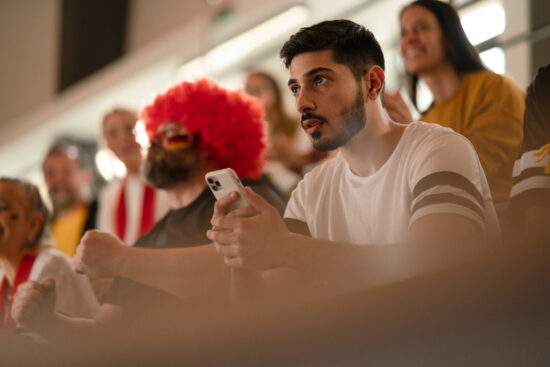
Focus: Camera/Tele and Battery performance
So you got tickets to your favorite sports competition!
As one of the lucky people heading to Paris for the events, you’ll need a smartphone camera that can keep pace with all your shooting needs—from taking great photos and videos of the events to precisely capturing memorable moments of the athletes in action or simply portraits of your friends and family with you in the stands, cheering the teams on. No doubt that your camera will be getting quite the workout.
The sports events are also bound to be full of unforgettable moments, such as witnessing a world record being broken, a close finish in a race, or a surprising upset in a competition. You’ll want to be sure you have a device that can capture these milestone moments the instant you press the shutter button.
Getting good seats for world-class sports events is always a challenge. Even those visitors lucky enough to have scored tickets might find themselves sitting way up high in the stands or very far from the field, requiring them to use the camera’s tele zoom. Or the lucky ticket holder might find himself placed too close to the action, making it necessary to widen the field of view by zooming out to capture more of a scene. Having a smartphone with a performant zoom will be critical to capturing images that will maintain a high level of details in the final photo, whether zooming out or zooming in on a specific scene.
And lastly, you’ll need a smartphone with a battery that can endure the demands of all that photo- and video-taking on the go. Devices will need to optimize their resources especially if used intensely. While carrying a charger is always a good idea, you’ll also want a phone that is capable of regaining a lot of autonomy when you only have 5 minutes to top up the power quickly.
Which devices stand out in all those categories?
Honor Magic6 Pro
The Honor Magic6 Pro ticks off all the necessary requirements as an ideal companion to the sporting events with a high-performing triple-camera setup and exceptional autonomy. The Honor’s autofocus captures sharp images with vivid and natural colors in all conditions, all while efficiently balancing its power needs. This smartphone also delivers an impressive battery performance for its ultra-premium segment.
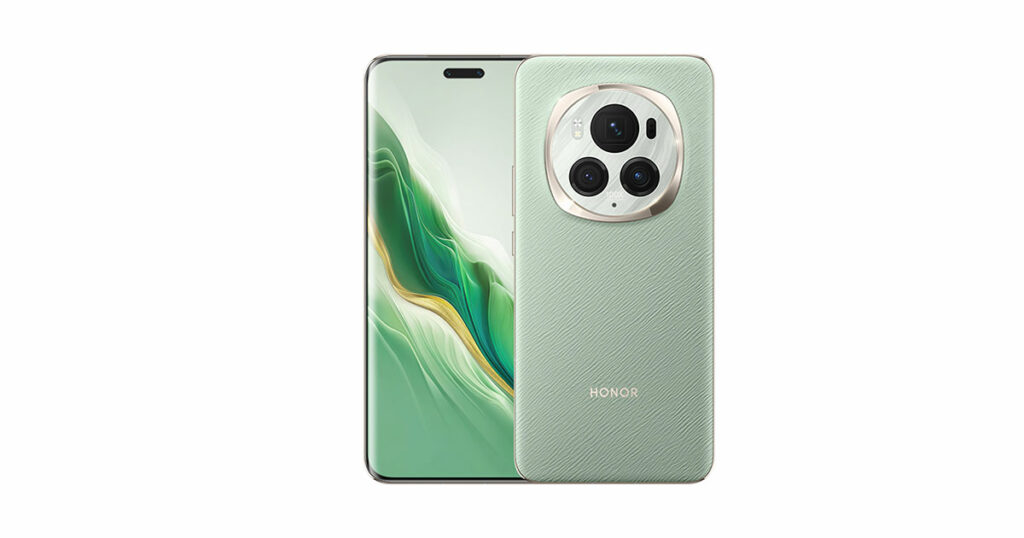
• Images with good detail at most zoom settings thanks to a 180 MP tele-camera sensor
• Fast autofocus system that allows for easy capture of the right moment in moving scenes
• 51 hours of autonomy in intense usage; 81 hours of moderate use
• 4½ hours of battery power for camera use
• Average autonomy gained from a 5-minute quick charge: 7½ hours
Oppo Find X7 Ultra
The Oppo Find X7 Ultra’s versatility also makes it ideal for all kinds of photography at the Games, whether shooting portraits or landscapes, all while delivering an outstanding and well-balanced battery performance. Its four-camera setup comes with two tele modules, so you are sure to be able to zoom in on all the action from afar, especially with a tele module with a 135 mm equivalent focal length. Images taken at medium or long range are captured with very good details.
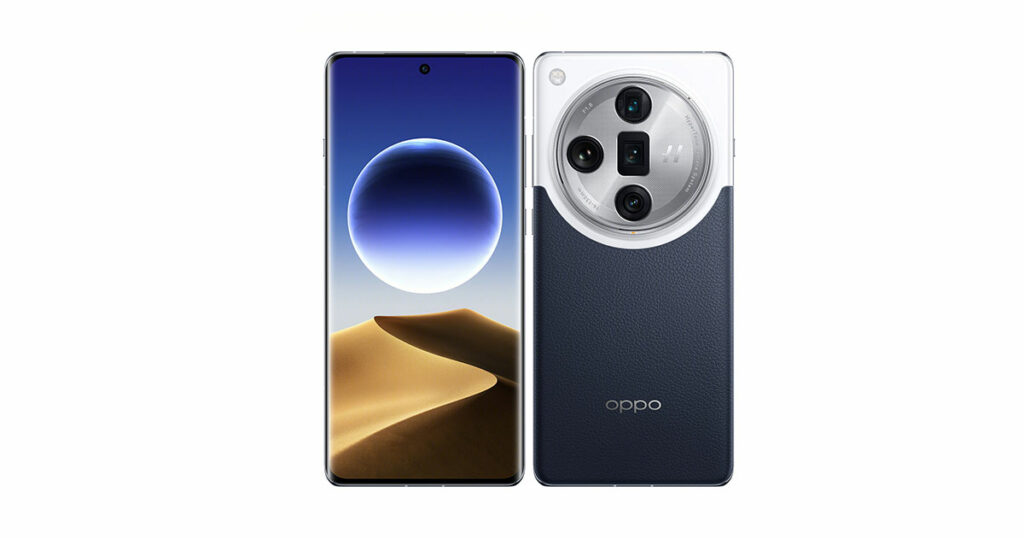
• Two periscope cameras that provide high-level details when zooming in from 3x to 6x and beyond, across all light conditions
• Fast, accurate, and reliable autofocus with zero shutter lag that freezes the motion in most conditions, particularly in single-subject portraits indoors
• 42 hours of autonomy in intense usage; 67 hours in moderate usage
• 4½ hours of battery power for camera use
• Average autonomy from a 5-minute quick charge: 10 hours+
Apple iPhone 15 Pro Max
The Apple iPhone 15 Pro Max is the first iPhone to feature a periscope tele lens that offers good zoom capabilities up to 5x, or an 120mm equivalent. It is still one of the best flagship phones for freezing motion, which is very useful for capturing amazing portraits of friends, children, and athletes. Its capability to capture a shot the exact moment the shutter button is pressed reduces any risk of missing the decisive moment. The lens also boasts an f/2.8 aperture, among the brightest of 120mm phone cameras and optical stabilization. Video zooming maintains fairly high levels of detail from ultra-wide (15mm equivalent) to long range with its tele module (150mm). The iPhone 15 Pro Max’s autonomy also held up quite well in indoor and outdoor environments.
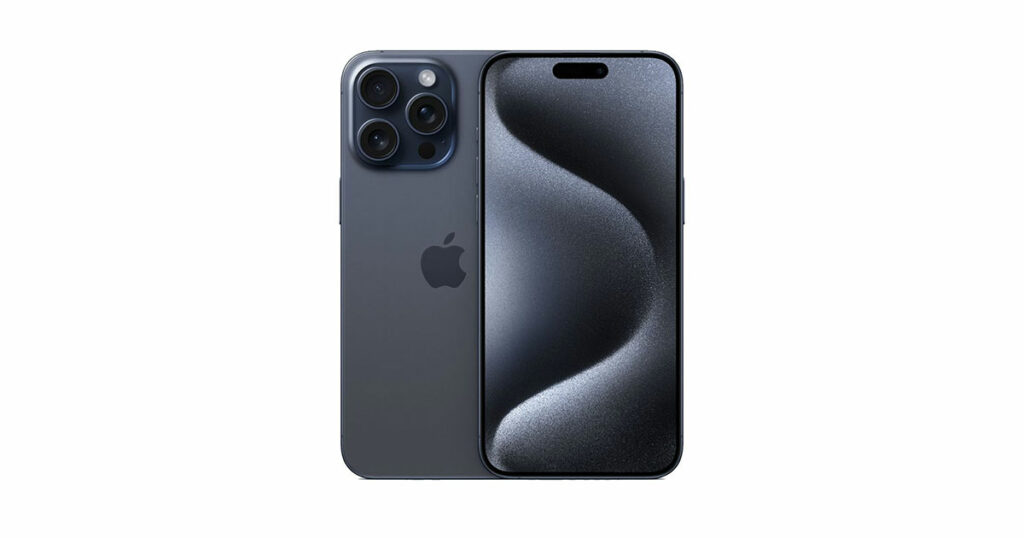
• High levels of detail from ultra-wide (15mm equivalent) to long range with its tele module (150mm) when video zooming; also, very smooth when zooming
• Zero shutter lag in most shooting conditions, capturing an image at exactly the moment the shutter is pressed, but prioritizing image quality in challenging conditions
• 43 hours of autonomy in intense use; 69 hours when used moderately
• Over 5 hours of battery power for camera use (based on a full charge)
• Average autonomy from 5-minute quick charge: just over 4 hours
Huawei Pura 70 Ultra
When it comes to a great camera experience, it can’t get any better at the moment than the Huawei Pura 70 Ultra. With a top-performing autofocus, the Pura 70 Ultra takes photos with great exposure and beautiful color. It’s ideal for every photo-taking situation whether landscapes or friends and family. The Pura 70 Ultra’s zoom performance is also outstanding, whether zooming in or out, with images that remain full of detail across a wide range. Even though we haven’t tested the Pura 70 Ultra in battery yet, we couldn’t let this smartphone, the current DXOMARK top score in Camera, go unmentioned.
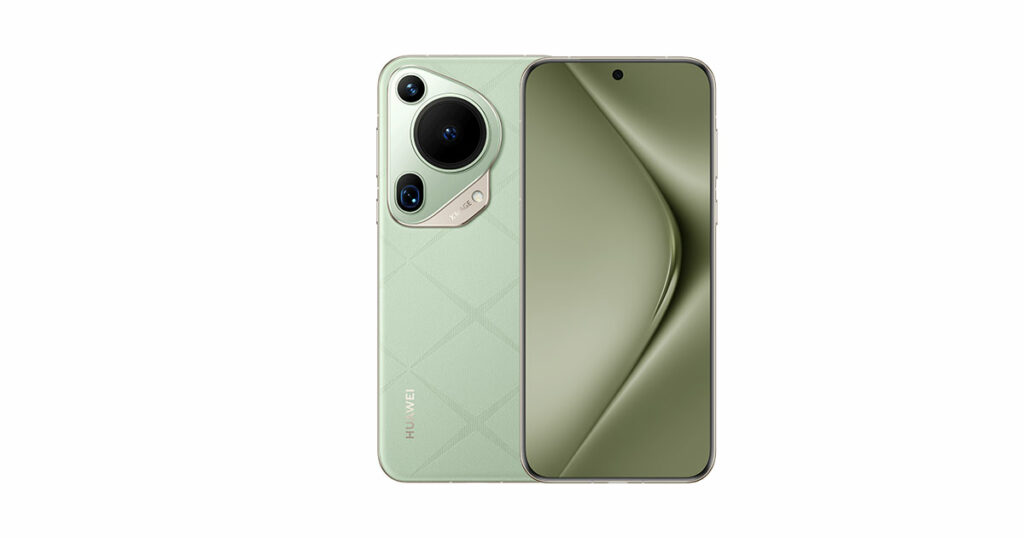
• Exceptional zooming results in all ranges, particularly in medium and the particularly long-range tele zoom, with highly detailed images
• Fast and accurate autofocus, with sharp images captured at the decisive moment
• Image sharpness across all subject distances thanks to a variable aperture system and a large sensor
Xiaomi 14 Ultra
Huawei had some competition in tele zoom from the Xiaomi 14 Ultra, whose tele performance edged out the Pura 70 Ultra. Thanks to the 14 Ultra’s powerful tele hardware (two dedicated tele cameras), the device image results at close and medium tele range were particularly impressive. Even at challenging long-range tele settings such as 170mm equivalent, the 14 Ultra can deliver crisp images with a lot of detail. The device also has good video-taking capabilities.
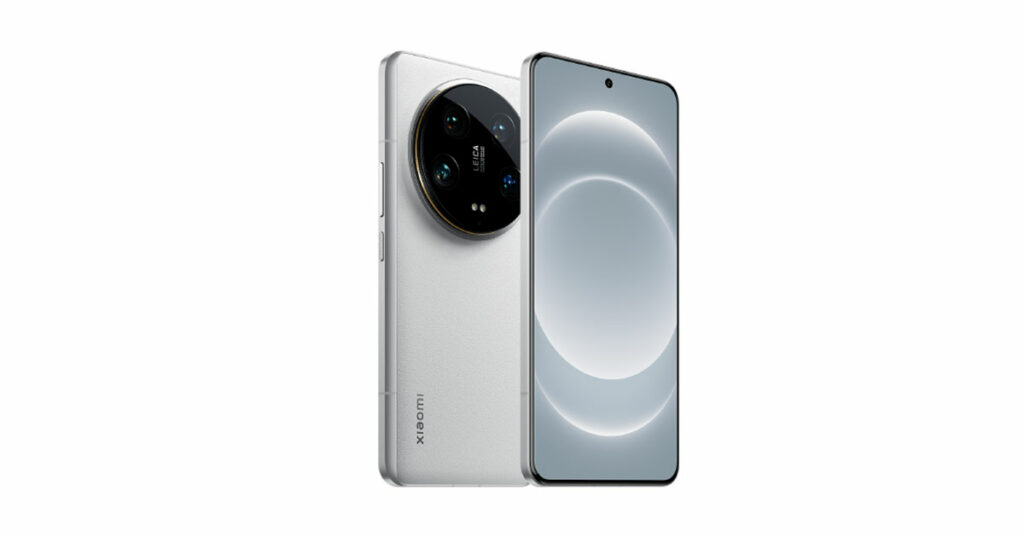
•Exceptional tele zooming performance, including outstanding macro results for a smartphone thanks to its capability to focus on a subject at an extremely close range
•Excellent video stabilization, especially when recording while moving
Also worth considering:
It’s no surprise that our selections mainly come from the ultra-premium segment since flagship phones usually push the limits of performance. But in order to provide choices for all budgets, we’ve added some devices from lower segments. While these devices might mean compromising on some of the latest technologies, we found that their performances, particularly in camera and battery, made them solid contenders for sports photography.
Xiaomi 14
The Xiaomi 14’s zoom performance is good for its premium segment, helped by the tele module’s 50 MP sensor, which provides images with rich textures, especially when using the long-range zoom. Although autonomy was not its strongest point, the Xiaomi 14 was able to replenish its entire battery very quickly and efficiently, particularly from a 5-minute charging boost.
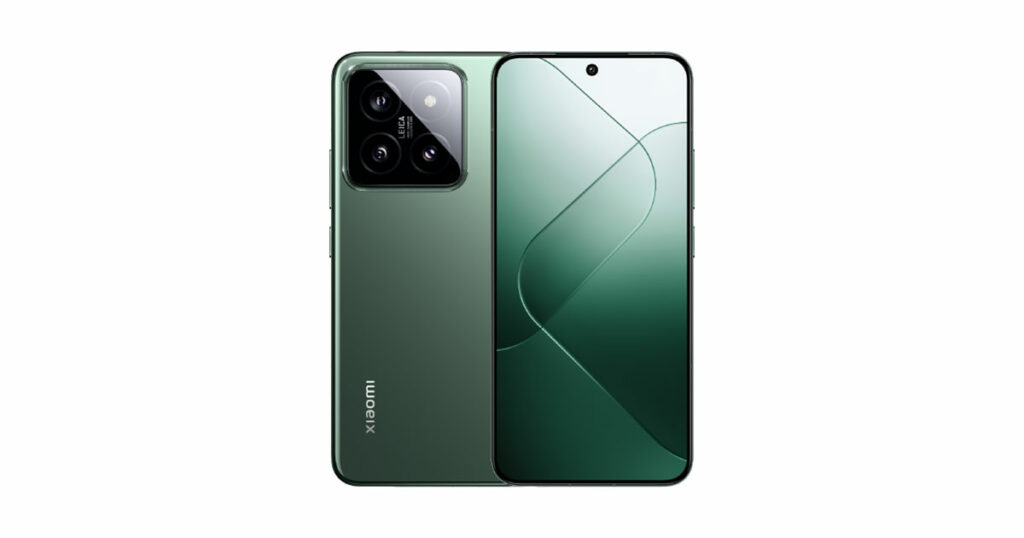
Key highlights:
- A 75mm equivalent tele module that provides a high level of detail
- 33 hours of autonomy in intense usage; 53 hours in moderate usage
- Just over 4 hours of battery power for camera use
- Average autonomy gained from a 5-minute quick charge: over 8 hours
Google Pixel 8 / Google Pixel 8 Pro
The Google Pixel 8 makes this list specifically for its flagship-level camera performance, despite being in the premium segment. The Pixel 8 offers a very similar experience as its higher-segment big brother the Pixel 8 Pro in terms of image quality and even in battery performance. While the Pixel 8 Pro’s and Pixel 8’s general battery performances were not quite on the level of the previously mentioned devices, they match the others in their segments when it comes to battery power for camera use.
Google Pixel 8 key highlights:
- Camera performance that matches more expensive flagships, with a high-performing zoom and even acceptable tele zoom, considering it does not have a dedicated tele module like the others.
- 31 hours of autonomy in intense usage; 49 hours of moderate usage
- On the plus side, nearly 5 hours of battery power when using just the camera use
- Average autonomy gained from a 5-minute quick charge: nearly 3½ hours
Google Pixel 8 Pro key highlights:
- Good zoom performance, with great consistency and detail in tele performance from close to medium range
- 34 hours of autonomy in intense usage; 55 hours in moderate use
- Nearly 5 hours of battery power for camera use
- Average autonomy gained from a 5-minute quick charge: 3½ hours
Watching the events from afar
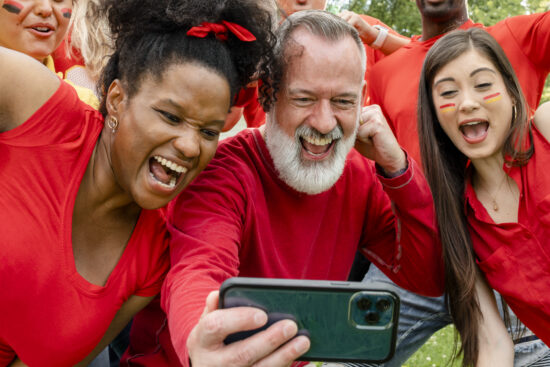
Focus: Display and Battery performance
Avid sports who won’t be attending the global sports competitions this summer in Paris will still be able to stream the events to their phone via an official app, or watch replays of all key moments, or just keep track of how many medals their country has won. This is where the quality of a smartphone screen comes into play, especially one that is easily readable in all kinds of conditions, particularly outdoors and under the bright summer sun, conditions that are challenging for displays. If you are watching video replays on your smartphone, you should also expect a smooth experience, with correctly adapted brightness to your surroundings. You’ll also want the screen to faithfully render the colors of all videos. Not to mention, you’ll need a device with a battery that has the staying power for lots of video streaming.
Which devices meet these criteria?
Samsung Galaxy S24 Ultra
The Samsung Galaxy S24 Ultra will not disappoint with its display performance, as it provides excellent readability, particularly outdoors. The S24 Ultra display’s best-in-class luminance outdoors, combined with its low reflectance, means it is not necessary to run to a shaded area to be able to read or watch the content. For an ultra-premium device, the Galaxy S24 Ultra’s autonomy was impressive, particularly when it came to streaming videos.
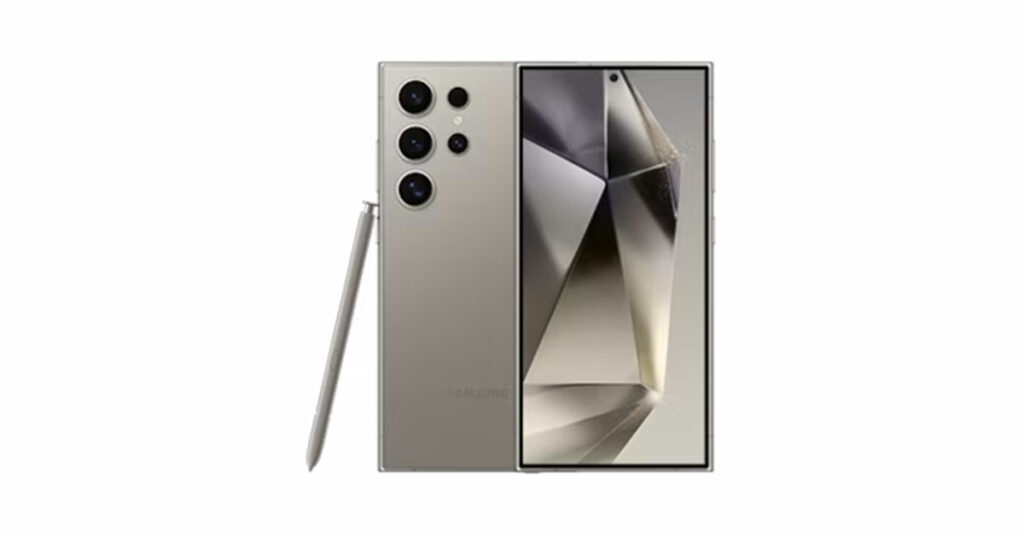
Key highlights:
- Very good readability in sunlight thanks to a very high peak brightness measured at 2,572 nits in sunlight
- Smooth video experience, with no frame mismatches
- 34 hours of autonomy in intense usage; 56 hours in moderate usage
- Video streaming autonomy: 24 hours
- Average autonomy gained from a 5-minute quick charge: Nearly 4 ½ hours
Honor Magic6 Pro
The Honor Magic6 Pro’s excellent display experience can be easily described as steady and reliable throughout in all lighting conditions–from bright sunlight to low light. Our tests showed that the flicker-free screen was consistently and comfortably readable in all conditions for all kinds of content, meaning that the screen won’t get too bright in low-light or dark conditions and won’t be too dark when outdoors, guaranteeing a comfortable experience for whenever you wish to catch up on the video replays. As mentioned earlier, the Magic6 Pro battery has excellent autonomy, allowing for hours of video streaming.

Key highlights:
- Readability in sunlight
- Flicker-free display
- 51 hours of intense usage; 81 hours of moderate use
- Video streaming autonomy: 23 hours
- Average autonomy gained from a 5-minute quick charge: 7½ hours
Apple iPhone 15 Pro Max
The Apple iPhone 15 Pro Max makes the list here, too, offering an extremely smooth video playback experience. While the screen is readable in most lighting conditions, including outdoors, the iPhone 15 Pro Max is well suited for a satisfying video-watching experience in low light or indoor conditions, where it is able to best adapt its peak and overall brightness depending on the content. The iPhone 15 Pro Max was among the top performers in the tough ultra-premium segment because of its remarkable efficiency in the way it uses the power available, clearly demonstrating its excellent optimization.

Key highlights:
- Readable screen in most conditions, including outdoors, with brightness measured at 2260 nits
- Very smooth video playback experience, with well-managed brightness in low-light and indoor viewing, as well as exceptional frame-drop management
- 43 hours of autonomy in intense usage; 69 hours when used moderately
- Video streaming autonomy: 19 hours
- Average autonomy from 5-minute quick charge: just over 4 hours
Google Pixel 8 Pro
The Google Pixel 8 Pro’s display can provide a solid experience in video playback, with pleasant and well-adapted brightness levels mainly in low light and indoor lighting conditions. The Pixel 8 Pro’s display experience in outdoor and sunny environments is also quite solid, but it could depend on the content you are watching. Among the Pixel 8 Pro’s strongest points is its excellent color rendering whether in low light or outdoors.
Key highlights:
- Very readable screen under sunlight (measured peak brightness at 2,100 nits under sunlight)
- Great color rendering
- 34 hours of autonomy in intense usage; 55 hours in moderate use
- Video streaming autonomy: 18 hours
- Average autonomy gained from a 5-minute quick charge: 3½ hours
Also worth considering from other segments:
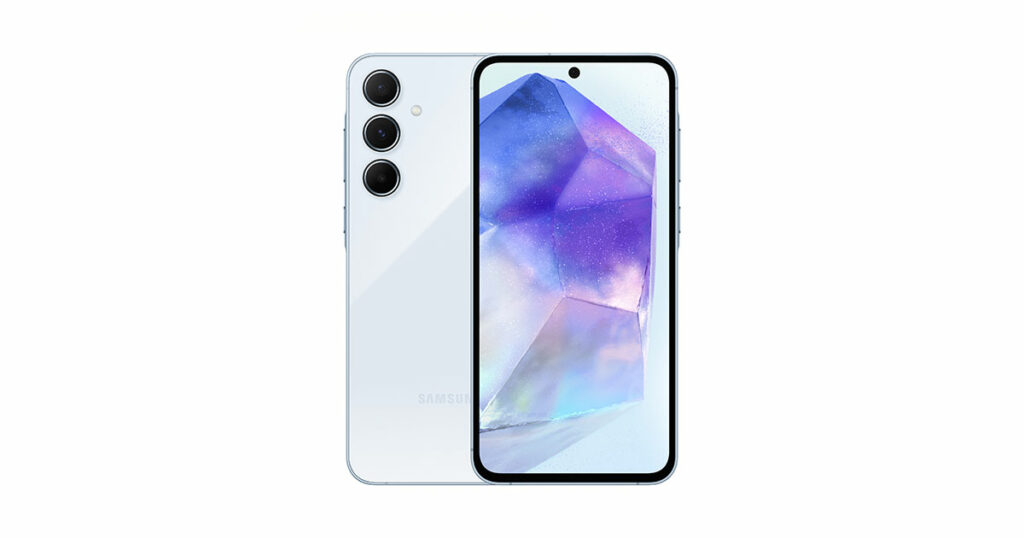
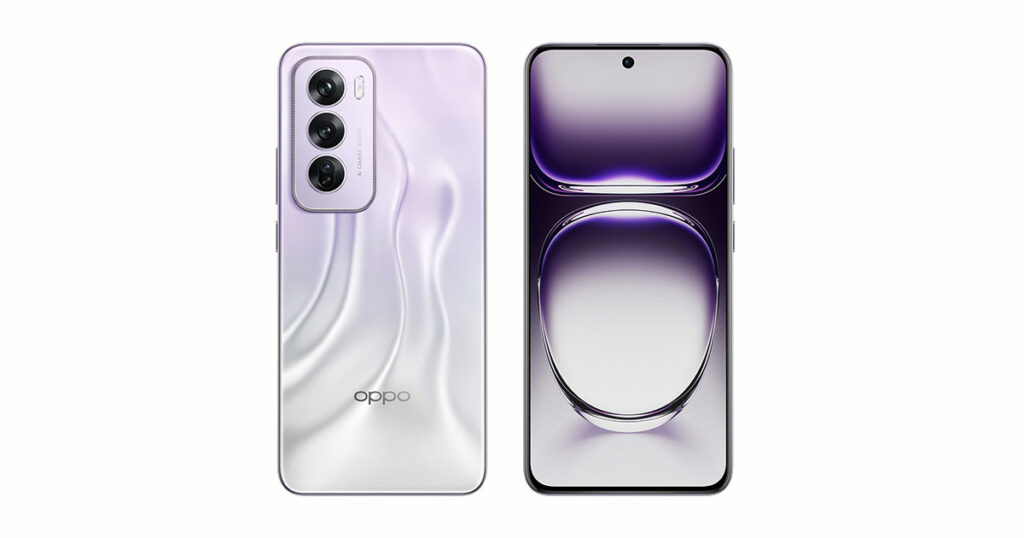
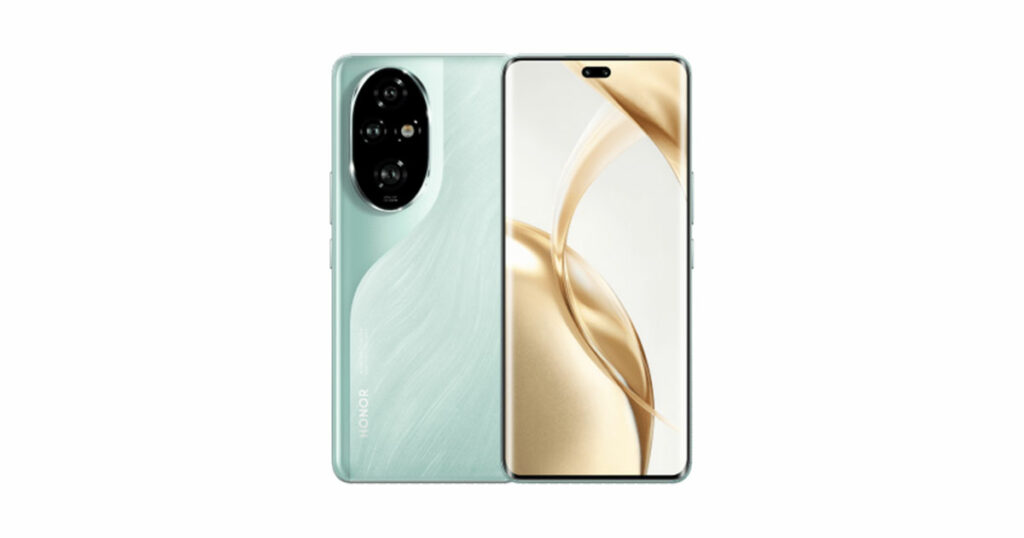
Samsung Galaxy A55 5G
The Samsung Galaxy A55 5G joins the list for its incredibly strong video playback and battery performance for a device in this High-end price range. When watching videos, particularly indoors, the A55 5G’s overall screen brightness provided good rendering and a good level of details. In the sunlight, the screen was sufficiently readable thanks to a peak brightness that was impressive for a device in this category.
Key highlights:
- Readable in sunlight (measured peak brightness of 1,638 nits)
- Good level of details rendered in dark areas
- 35 hours of autonomy in intense usage; 57 hours in moderate usage
- Video streaming autonomy: 18 hours
- Average autonomy gained from a 5-minute quick charge: 3½ hours
Honor 200 Pro
The Honor 200 Pro’s display video experience makes it a worthy contender for catching up on hours of competition replays, particulary when doing so in low light, like at the end of the day. Its display earned DXOMARK’s Eye Comfort Label, meaning the screen has all the key elements, including no flicker and effective blue-light filtering, for a visually comfortable viewing experience.
Oppo Reno12 Pro
The Oppo Reno12 Pro gets a mention here for its outstanding battery performance, especially when it comes to video streaming, which clocked in among the best at 21 hours.

